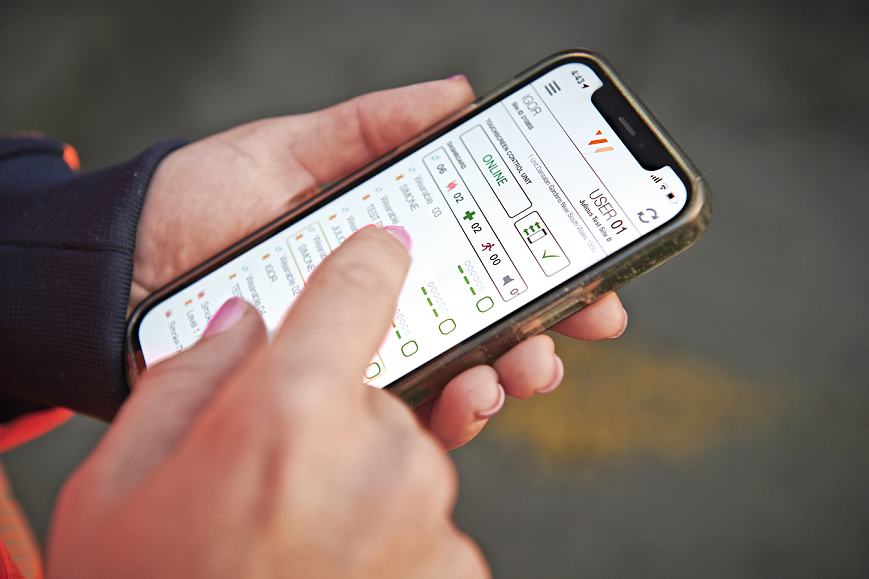For many construction companies, the prospect of introducing technology is an overwhelming one. While there are many trends that might benefit projects, it is an industry that has traditionally been decidedly low tech and slow to change.
However when you’re looking to introduce a new technology, these five steps will help. Designed to help you find the right solution for your problems and guide you through a pilot test as well as implementation, you can rest assured for the smoothest possible transition.
Identify the problem
Sometimes companies want to adopt a new technology simply for the fact it’s new and makes a lot of promises. This is not the right approach. While any technology could have some benefits for your company, you should first consider the most significant issue you’re having and focus on finding a solution that addresses that.
For example, one of the reasons that many of our clients come to us is that they’re finding their existing safety alert system unreliable. This can mean many different things, from poor battery life to chronic issues with connectivity. For this blog, let’s just focus on poor battery life.
Once you’ve identified this as your problem, you should take the time to consider two things:
- What potential solutions you would like to see – in the case of poor battery life, this could be a system that doesn’t drain the battery life so much, rechargeable batteries or a system with longer life batteries
- What solutions are available on the market – it is worth creating your potential solutions with a hierarchy and beginning to explore your options based on that.
Once you have found the best possible solution for your problem, take the time to outline how It will help you in detail. Keep in mind both the initial problem and any other benefits. For example, a company that is looking for a safety alert system due to battery life may look at Safety Manager 2.0 [link] and also see the benefits in two-way communication or the smartphone app.
Get Buy-In
Most people will need to get buy in from co-workers or even an executive team to roll out a new technology and this is where your careful planning will help. Take the time to outline the significant problem you see this technology helping as well as any of the additional benefits.
Speak to the people you need to speak to and outline why the solution is better. As many people can be afraid of technology and the impact of these changes, it is best to sell on the benefits and outline the required training for staff to ensure that you explore the full requirements.
Test the solution
Even the best most suitable technology is likely to have teething issues. This is why we recommend beginning with a single site roll out to test whether the solution is right for you not only in theory but in practice.
As part of this, you should keep detailed notes about what has occurred and any issues encountered. To help this process along, it is worth also coming up with certain targets that you wish to achieve. This will help you in the next step.
In our blog example, if you are concerned about battery life, you could choose a goal of a battery life that lasts 6 months or a solution that enables you to lower your testing schedule to once a month, which in turn allows your battery life to last longer. The length of your pilot will obviously need to encompass enough time to take this into account.
Evaluate the solution
Not every solution will work the first time and you may even discover some more issues through out the pilot program. It is important here to consider the problem you are trying to fix and how the solution performs against your goal.
The evaluation should not simply happen at the end of the pilot program. Instead, it will be more successful if you evaluate the solution as you go along, paying particular attention to any crucial moments in the test. For example, one of the perfect times to evaluate a Safety Alert system is after your first round of testing or after you have had to activate the system due to a workplace emergency.
However, it is important to note that technology is fluid. If you are having significant issues, it is always worth speaking to the company that you are dealing with. It is likely they will have seen similar issues and be able to provide possible solutions for you.
Roll the project out
Once you’ve evaluated the project and made additional recommendations, you will need to decide what to do next. Hopefully, the technology can be rolled out more substantially across multiple sites or even the whole company, so congratulations!
However, depending on your success rate, it may be necessary to complete a modified pilot before the technology can be adopted. If this is the case, simply follow these steps again.


